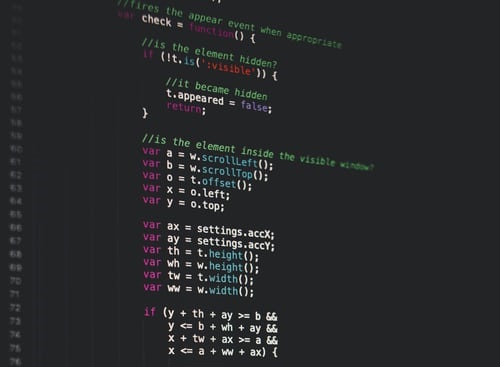If you recall the best workouts you had, you probably won’t say: “I liked listening to this person’s conversations for an hour!” Or “What an awesome Powerpoint deck!” Instead, you’ll remember how you taught content that made it that way effective. And the same material taught in two completely different ways will produce completely different results. That is why the goal of our training and most training courses is to create content that really excites its students.
But, unfortunately, even incredible activities are useless if the material is not applicable and is not remembered.
Having personally worked with SMB and Enterprise clients who want to train their teams in cloud technologies, here are some common pitfalls that, as I saw, interfere with their training:
Learning Approach as a One-Time Event
The journey begins where the student is now and ends when the student is successful. Successful should be determined by your organization.
When deciding on a training strategy, you need to understand the ultimate goal and what constitutes victory. You cannot just choose a training platform or a consulting firm, wait a few months and assume that the training has occurred.
Instead, you should determine what success looks like and incorporate it into your transformation strategy. Regardless of whether your conversion to the cloud is being transferred, a new project is starting, whether it is becoming more efficient, or the transformation as a whole, bring the goals (and) of success of training into line with the goals of your business.
From there, you need to break down the goal (s) on a study trip for your students. The right training platform will work with you to figure out the way. And this is not the step that you must skip if you want to succeed. In addition, we are going to explore this in the remainder of this article, because there are several things to keep in mind.
Assuming knowledge gaps are the same as skill gaps
Your students are currently at point A, and they must be at point Z, and everything in between represents their gap.
This gap may be a gap in knowledge, a gap in skills, or both. Understanding the differences in advance can completely change your approach to training. This includes determining who needs to go through what kind of training and which training platform is best suited to your company’s goals.
So, let’s look at the differences between the knowledge gap and the skill gap.
Knowledge gaps
Gaps in knowledge or information are probably the easiest way to fill in, because it means that your students (and) miss the information they need to succeed. Nowadays, accessing the right information is much easier than ever.
By filling in knowledge gaps, you provide students with the information they need to succeed. But even with all the information in the world, these students may not know how to apply it. This is where a skill gap comes into play.
So, how do you know if your students have a knowledge gap or a skill gap? Here are a couple of questions you can ask:
Would your students work better if they knew more information?
Can your students become more experienced without practice?
For example, this scenario represents a knowledge gap, while the next scenario, which we will cover, also includes a skills gap.

Scenario Number 1:
Joel recently joined XYZ two weeks ago, and he is responsible for the normal task. A person who previously performed this task has never had a problem completing it, but Joel fights. You look at the situation and understand that the implementation of this task includes the following simple steps, but these steps are not documented.
Joel has a knowledge gap that does not require the development of skills; he simply requires the transfer of knowledge through a documented process.
Skills gaps
Scenario 2: Amy is responsible for setting up a secure connection between your local resources and AWS VPC resources. Amy has never done this before. While Amy will work better with more information, she will also need to practice this technology to succeed. She has gaps in knowledge and skills. If you schedule an Amy workout that requires her to sit in a powerpoint deck and take quizzes, you only help fill the knowledge gap. But perhaps Amy also needs to create a secure connection and practice using this technology in safe environments (for example, in practical laboratories or in sandboxed environments) in addition to studying concepts, then you fill the gap in her knowledge and skills.